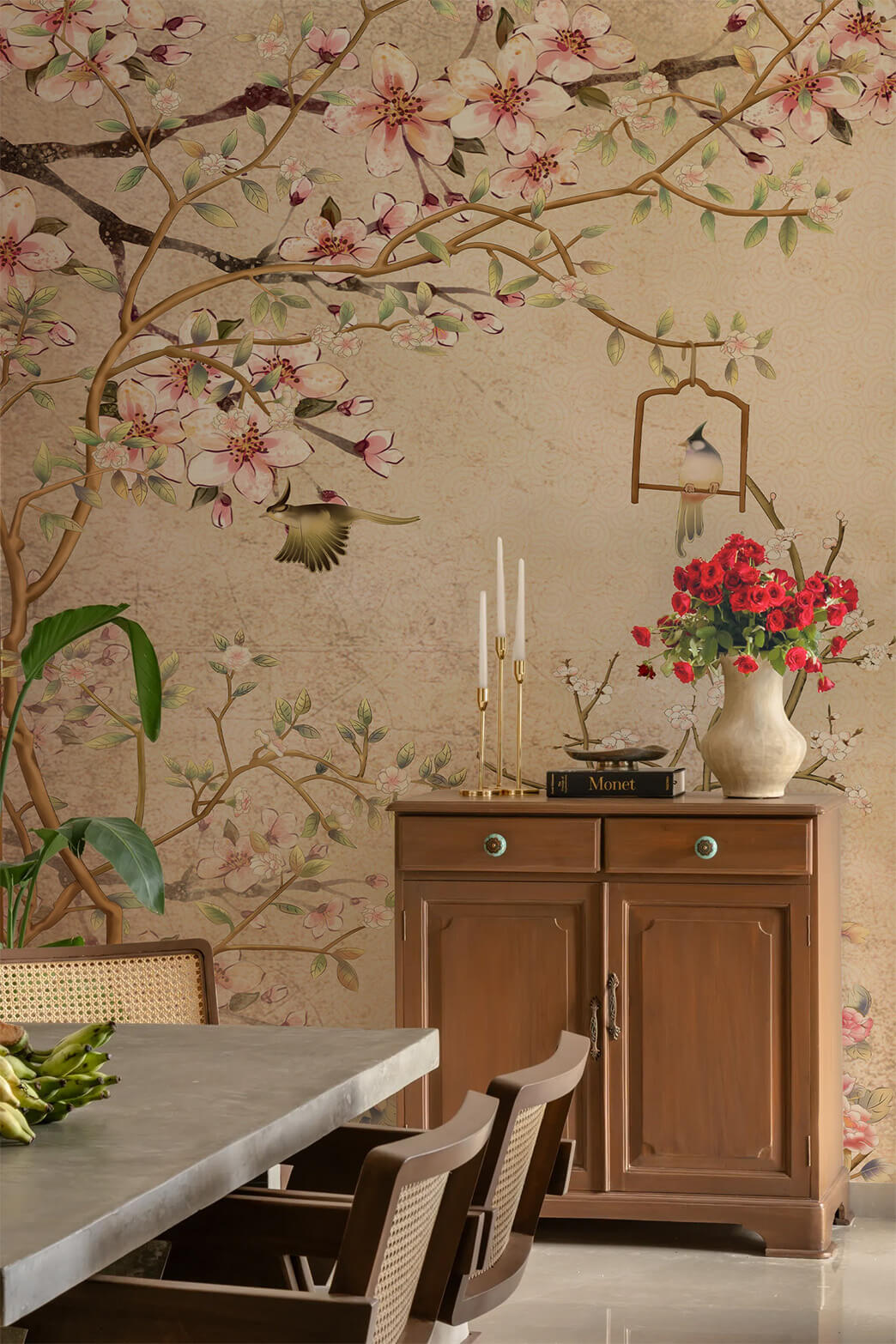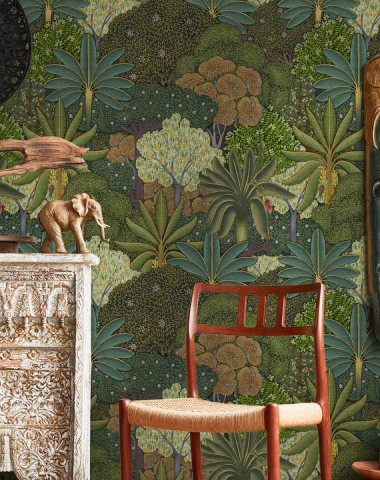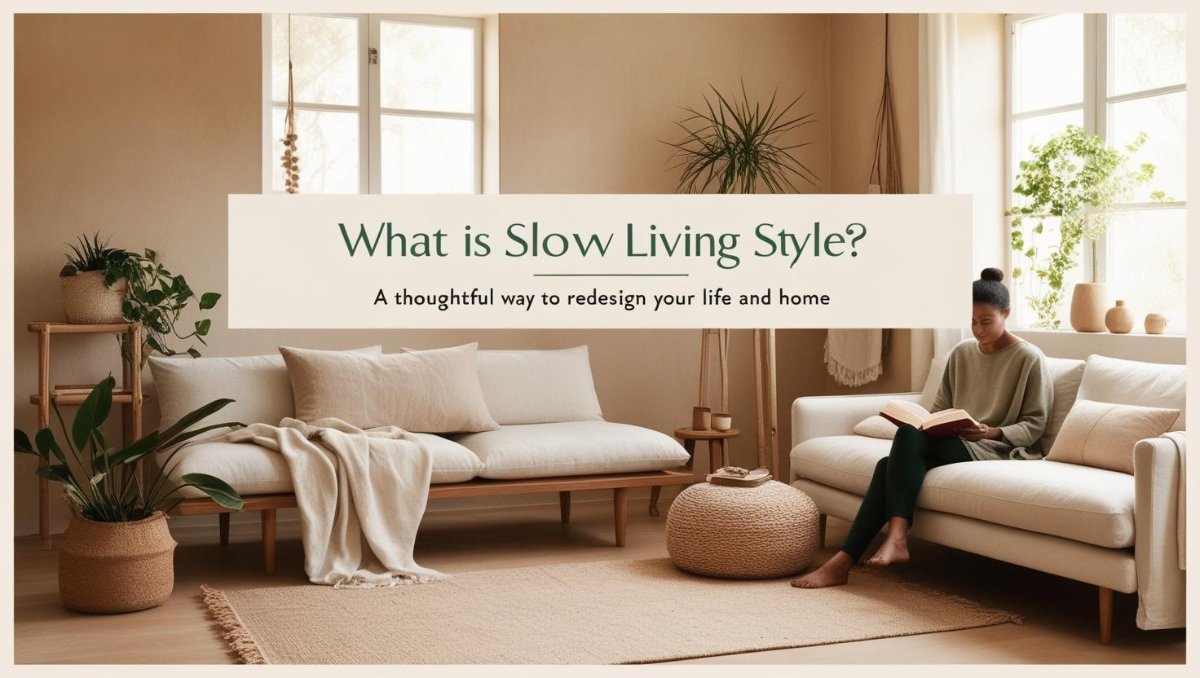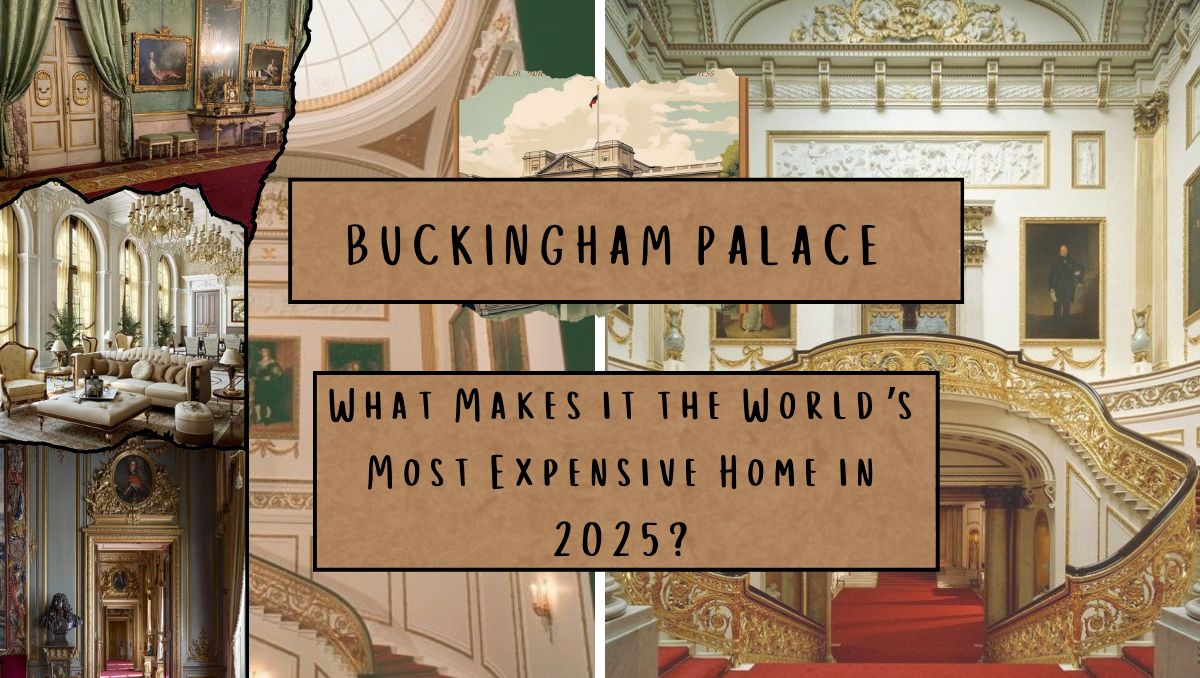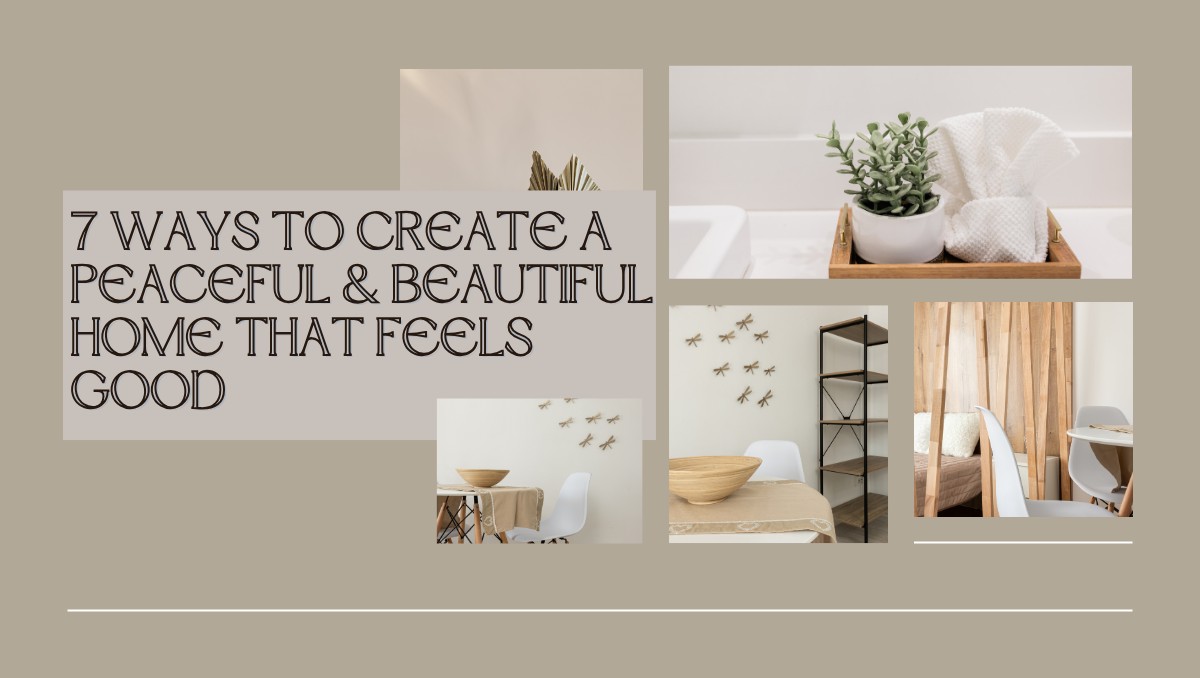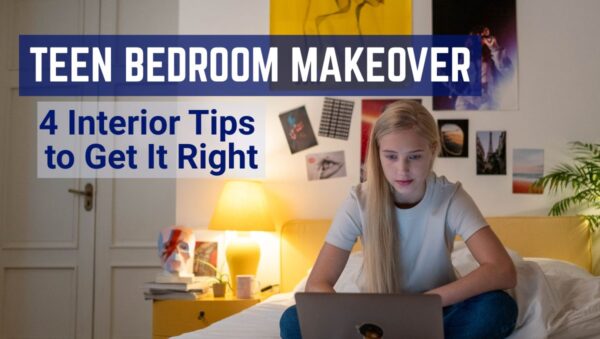In a world that applauds multitasking, overnight shipping, and instant everything, the idea of slowing down might feel… rebellious. But that’s exactly what slow living encourages—a conscious, intentional rebellion against the rush. It’s not just a design style or a wellness trend. It’s a way of life that says: let’s breathe, savour, and truly live.
So, what is slow living exactly? And how do you bring that beautiful mindset into your home and lifestyle? Let’s walk through it, gently.
The Heart of Slow Living
Slow living isn’t about laziness or doing less for the sake of doing less. It’s about doing things more mindfully. It’s about prioritizing quality over quantity, connection over clutter, and presence over pressure.
It began as part of the slow food movement in Italy during the 1980s—a cultural response to the fast-food frenzy. Since then, the concept has expanded into fashion, travel, and home life.
In simple words: slow living is a lifestyle that encourages you to live with your life, not around it.
Why It’s Gaining Momentum
We’re burnt out. Our screens are always on. We scroll while eating, work while resting, and sometimes forget what silence sounds like.
Post-pandemic, more people started questioning the pace of their daily lives. They began craving peace in their routines, calm in their spaces, and a deeper connection with the things they own and the lives they live. That’s where slow living walked in, not with a bang, but with a warm cup of tea.
Core Principles of Slow Living
Let’s get a little deeper. If you’re trying to understand what makes slow living different from minimalism, sustainability, or hygge—it’s this: it’s holistic and values-driven.
Here are the core ideas that shape it:
- Intentionality: Be conscious about your time, energy, relationships, and space. Don’t just buy something because it’s trendy—buy it because it adds value.
- Mindfulness: Focus on the task at hand. Whether you’re cooking, cleaning, decorating, or simply resting—be all there.
- Simplicity: Embrace less, but better. Clear the clutter—not just physically, but emotionally.
- Sustainability: Think long-term. Opt for products and choices that respect the earth, your budget, and your health.
- Slowness: Honour your natural pace. Stop glorifying “busy.” Rest is productive too.
How Slow Living Translates Into Home Design
Your home is your sanctuary. A space for pause, reflection, and comfort. So how do you decorate with a slow living approach in mind?
1. Choose Natural Materials
Opt for wood, clay, jute, cotton, and linen over plastic and synthetic fabrics. These materials are not only gentler on the environment but also invite calm with their textures.
2. Let Light In
Natural light changes the energy of a space. Use sheer curtains, soft palettes, and smart placement of mirrors to make the most of it.
3. Soft, Neutral Palettes
Think whites, beiges, dusty pinks, sage greens, and muted blues. These colours don’t scream for attention—they gently whisper peace.
4. Curate, Don’t Collect
A slow living space isn’t about bare walls—but every piece should have a purpose. A lamp that’s also a family heirloom. A vase that holds dried flowers from last spring. A Magicdecor wallpaper mural that tells a story rather than just fills a space.
5. Embrace Imperfections
Wabi-sabi, a Japanese design principle that aligns beautifully with slow living, celebrates the beauty in imperfection. That crack in your ceramic cup? It has character.
How to Practice Slow Living Beyond Interiors
Decor is one part, but slow living extends to your habits and mindset too.
- Digital Detox: Take hours (or even a day) off from screens. Let your mind declutter too.
- Rituals Over Routines: Turn your daily habits into slow moments. A morning coffee enjoyed in silence. A Sunday meal cooked from scratch.
- Buy Less, Love More: Before buying something, ask: Will this last? Will it bring joy? Will I use it often?
- Create Quiet Corners: Design nooks in your home for reading, journaling, meditation or just watching the sky change colour.
- Connect With Nature: Whether it’s a balcony plant or weekend gardening, nature grounds us in slowness.
The Slow Living Mindset
Here’s the most important thing: slow living isn’t an aesthetic trend, it’s a mindset shift. You could be in a tiny city flat or a countryside home and still practice it.
It’s about replacing urgency with intention.
It’s not about perfection. It’s about presence.
You don’t need to throw out everything and start over. Start with a corner. A shelf. A single decision that says, “I choose calm.”
Final Thoughts
Slow living reminds us that our homes aren’t just to show off—they’re to live in. To breathe, grow, rest, create, and love. As you walk toward this style, know that every small change matters. From a curated bookshelf to a thoughtfully chosen wallpaper that wraps your space in warmth, every detail counts.
In the end, the goal isn’t to live slowly. It’s to live fully.


